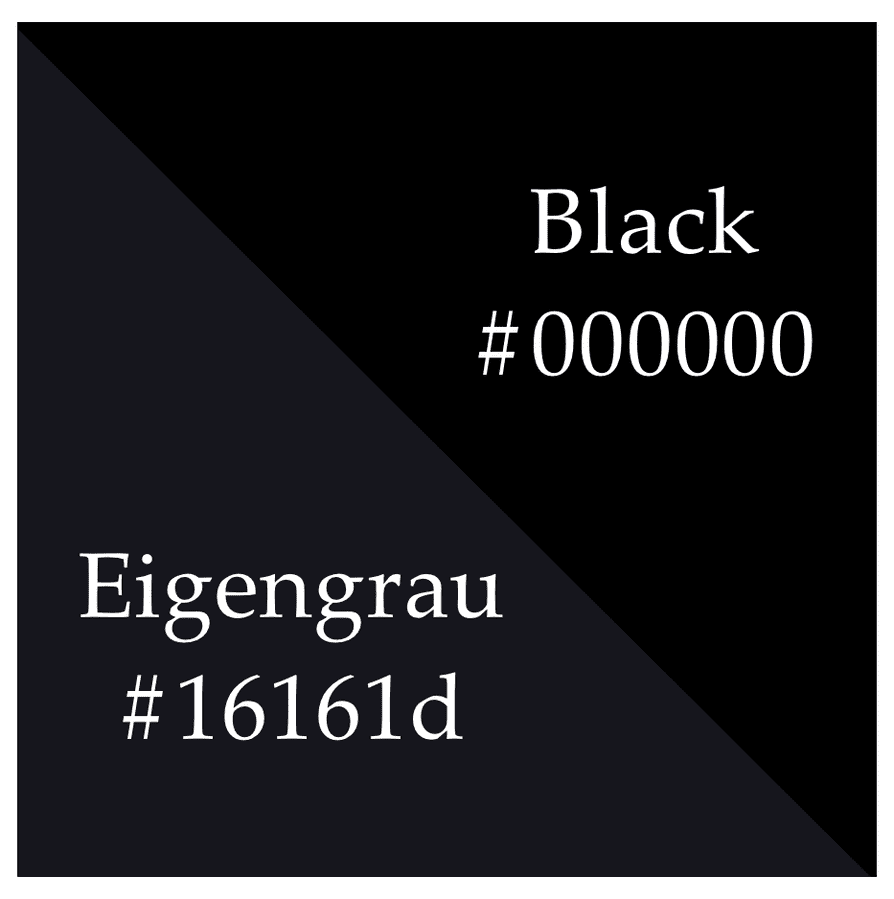When you shut your eyes in perfect darkness, the shade you see isn’t actually black, but a deep shade of gray that’s sometimes called “eigengrau.” Although the term isn’t generally used in scientific papers, it does shed some light (so to speak) on how our eyes perceive the world around us.
Eigengrau translates from the German for “intrinsic gray.” The word first appeared in the 19th century and is often credited to the philosopher and physicist Gustav Fechner (1801-1887), who spent his life digging into the secrets of sensation and perception.
His theory of eigengrau is said to have emerged from his experiment “the Method of Limits,” in which he looked to find the threshold of when people started perceiving stimuli that were gradually becoming more intense, and vice versa.
From these experiments, he noticed that people still perceived hints of gray even when they were subject to total darkness. And so, the unapologetically Germanic word eigengrau was born.
In scientific work, you’re unlikely to see the word eigengrau pop up, as scientists would rather opt for the technical terms “visual noise,” “dark noise,” or “background adaptation.” Whatever term you use, they’re all related to how our eyes respond to light and adapt to darkness.
We see thanks to two photoreceptor cells known as rods and cones that can be found in the eye’s retina. Cones are able to respond to different wavelengths of light, providing color vision, while rods can’t discriminate colors but are far more sensitive to light.
If we go from a brightly light room to a dark cupboard, the eyes will switch towards relying on rods more than cones. The rods help us perceive light thanks to a protein called rhodopsin that responds to photons, although it can become activated by other means, perhaps even spontaneously.
As one study put it: “Rod photoreceptors of the vertebrate retina produce, in darkness, spontaneous discrete current waves virtually identical to responses to single photons.”
In other words, even when we close our eyes and our eyes are being hit by very minimal visual stimuli, our rod photoreceptors don’t totally shut down. The rods’ rhodopsin remains abuzz and can continue to activate, sending signals to the brain that are perceived as a slight glimmer of light.
As such, the total darkness is given a slightly lighter hue that turns it into a very dark gray, resulting in eigengrau.
Source Link: Eigengrau: The Shade You See When You Shut Your Eyes Isn't Perfect Black
